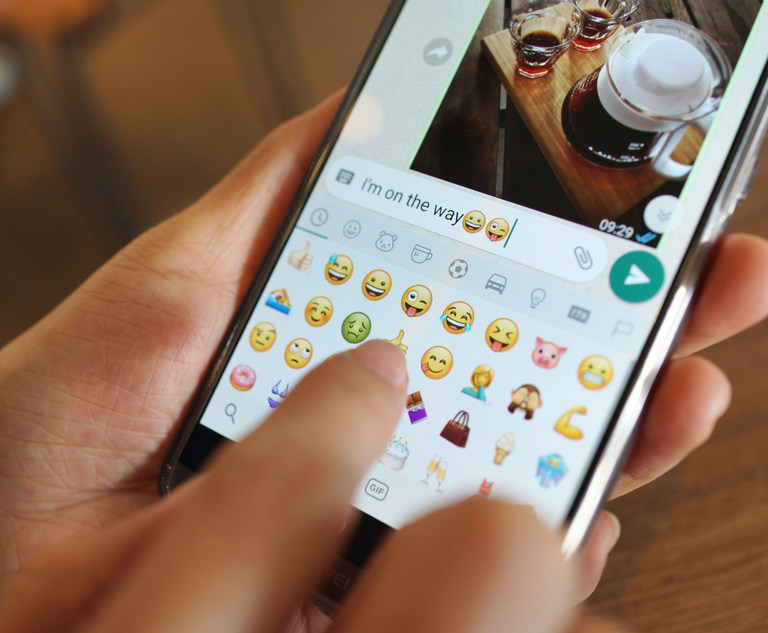 A picture is worth a thousand words. Or is it? And which ones? Increasingly, courts have been confronted with those questions in cases involving the interpretation of emojis—graphical icons sent in text messages—in a variety of contexts, including determining whether assent to a contract may be manifested through use of an emoji.
A picture is worth a thousand words. Or is it? And which ones? Increasingly, courts have been confronted with those questions in cases involving the interpretation of emojis—graphical icons sent in text messages—in a variety of contexts, including determining whether assent to a contract may be manifested through use of an emoji.
Anyone with a cell phone has seen emojis used in conversation. They can be an efficient way to informally communicate. They can also be maddening, leaving the intent of the sender unclear. There is no emoji dictionary and meaning can differ among users, across generations, based on the context, or even based on the particular sender’s mood. To make matters worse, there is no central authority for emoji appearance—the graphic forms are created by device manufacturers and vary widely across devices. For years, the “cookie” emoji (depicted as a chocolate chip cookie on most devices), was depicted as two crackers on Samsung devices. An iPhone user could send that emoji to a friend and see a tasty cookie in her sent text. But if the recipient had a Samsung device, she would see a Saltine, which might not convey the intended sweet message. Samsung has since corrected the issue, but there is substantial variation across devices, further complicating communication, especially with emoji that attempt to depict facial expressions.






